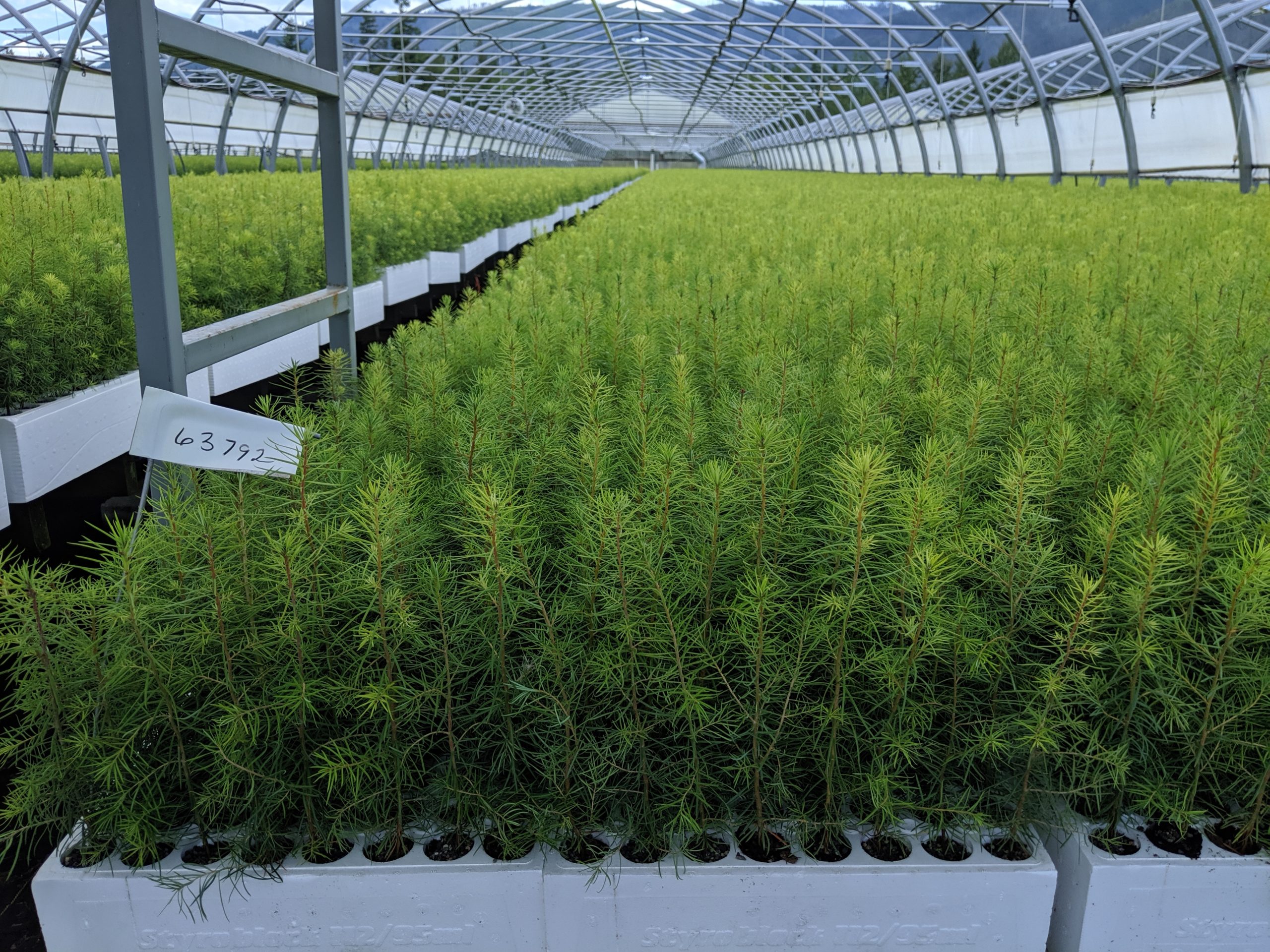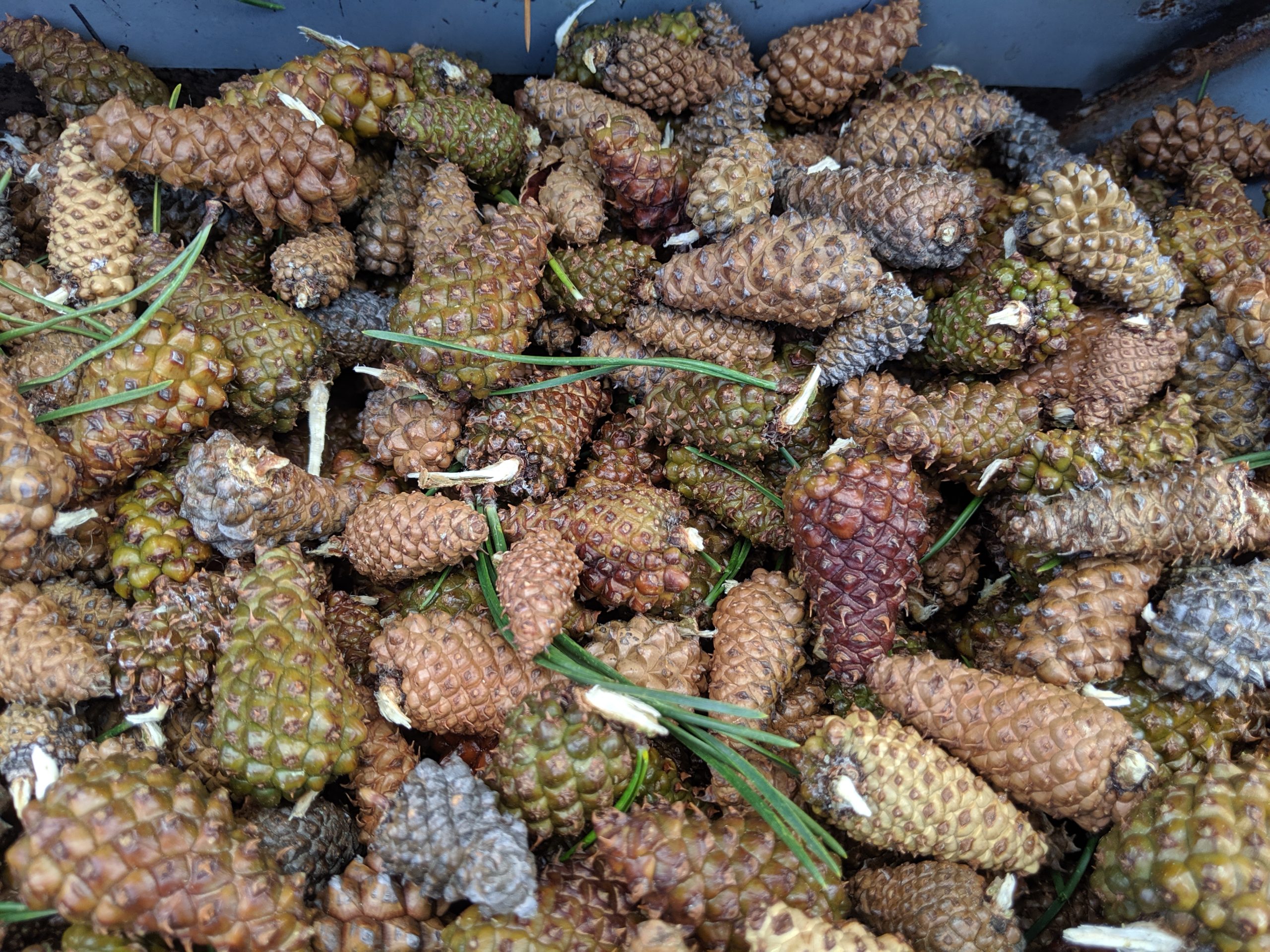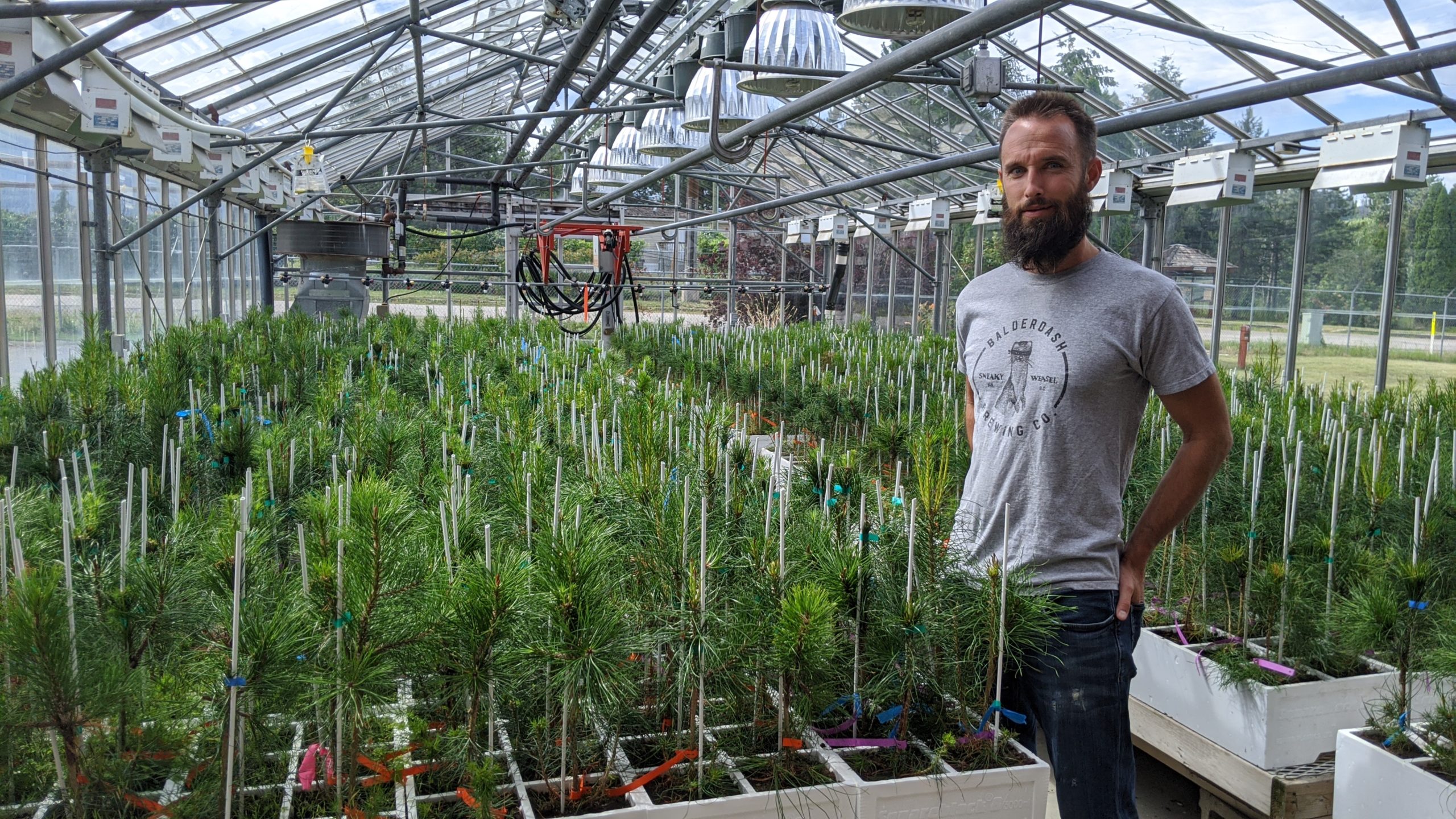Forest Genetics Council of BC: Growing resilient trees for BC’s future forests
After the June heatwave and an alarming start to BC’s fire season, it’s safe to say that climate change is top of mind for everyone, but especially for those working to manage and protect our forests for the future.

To learn more about what is being done to enhance trees to be more resilient to warmer and drier temperatures we spoke to Brian Barber, the program manager for the Forest Genetics Council of BC (FGC), a multi-stakeholder advisory committee, and CEO of SelectSeed Co., a not-for-profit company owned by FGC that produces tree seed for reforestation in BC.
FGC, established in 1999, includes representatives from government, forestry companies, private companies, and academia. Together, they coordinate forest genetics activities in the province and advise government on reforestation policies and funding priorities. Activities include everything from forest genetics research, tree breeding, seed orchards, and conservation.
While some research is done at universities, the Ministry of Forests, Lands, Natural Resource Operations and Rural Development (FLNRORD) is responsible for forest genetics research and tree breeding in BC. Ministry scientists identify which parent trees to include in tree seed orchards managed by government and companies, like SelectSeed Co.

A seed orchard is much like a fruit orchard, except instead of growing cherries, peaches, or apples, it grows cones. The seed from the cones is extracted, tested, registered, and stored at the provincial Tree Seed Centre in Surrey, BC. Foresters select and purchase seeds that are genetically appropriate to reforest their operating areas. It can take several months to two years to grow a seedling in a nursery before it is ready to plant.
So how can we enhance trees to be more resilient to climate change? Over the last fifty years, the Ministry has established numerous field experiments for various tree species. Seed is collected from multiple locations within a species native range and planted at various locations. The test sites extend from the Yukon to northern California, with the majority located in BC. Over time, FLNROROD scientists observe how the trees perform when moved to colder, warmer, wetter, or drier climates. These climate tests help determine how far trees can be safely moved and how well they may be adapted to different environments.
It’s important for people to know that the parent trees selected to produce seed for reforestation, and the seeds themselves, are NOT genetically modified. Parent trees are selected through traditional breeding methods which involve adding pollen collected from one tree to the cone flowers of another, collecting the seeds from that family cross and planting and observing seedlings grown from the seed in different environments to determine if their parents have the ability to pass along their desirable traits (e.g. growth, form, wood density, and pest resistance). No genetic engineering is involved. Seed orchards also contain dozens of unrelated parents to maintain genetic diversity.
Currently, there are 100 seed orchards in BC, most of which are located in the Thompson Okanagan and on the Saanich Peninsula on Vancouver Island. These orchards produce about two-thirds of the seed used to grow the 300 million seedlings planted annually in BC.

SelectSeed recently established a new lodgepole pine seed orchard near Quesnel. This is one of three new pine orchards being established to supply seed for north-central BC. Barber said, “Quesnel is located in a sweet spot because of its cooler temperatures and the absence of natural lodgepole pine in the adjacent forests. We want our seed to be derived from the pollen produced from within the orchard, not from pollen outside the orchard.” These new orchards will not start producing operational quantities of seed for another 10 years.

Barber also talked about some of the challenges he and the FGC face today, the biggest one being time. “Field experiments and seed orchards are long-term investments. There’s also uncertainty of what climates our forests might experience in the future,” says Barber. “We know there’s a general trend for warmer weather, but will it be warmer and wetter – or warmer and drier? As we observed this past month, we are getting hot and dry conditions earlier in the summer, resulting in fires and drought. We are anticipating more extreme events, including cold snaps. The challenge will be finding trees that are resilient to these extremes, not just the forecast average temperature and precipitation.”
While there are challenges, there’s also reason for optimism. Advancements in genomic selection could significantly reduce the time required to identify trees better adapted to future climates. Over time, little by little, Barber believes the collective efforts of FGC, FLNRORD, and others will enhance the resilience, health, and productivity of BC’s future forests.

